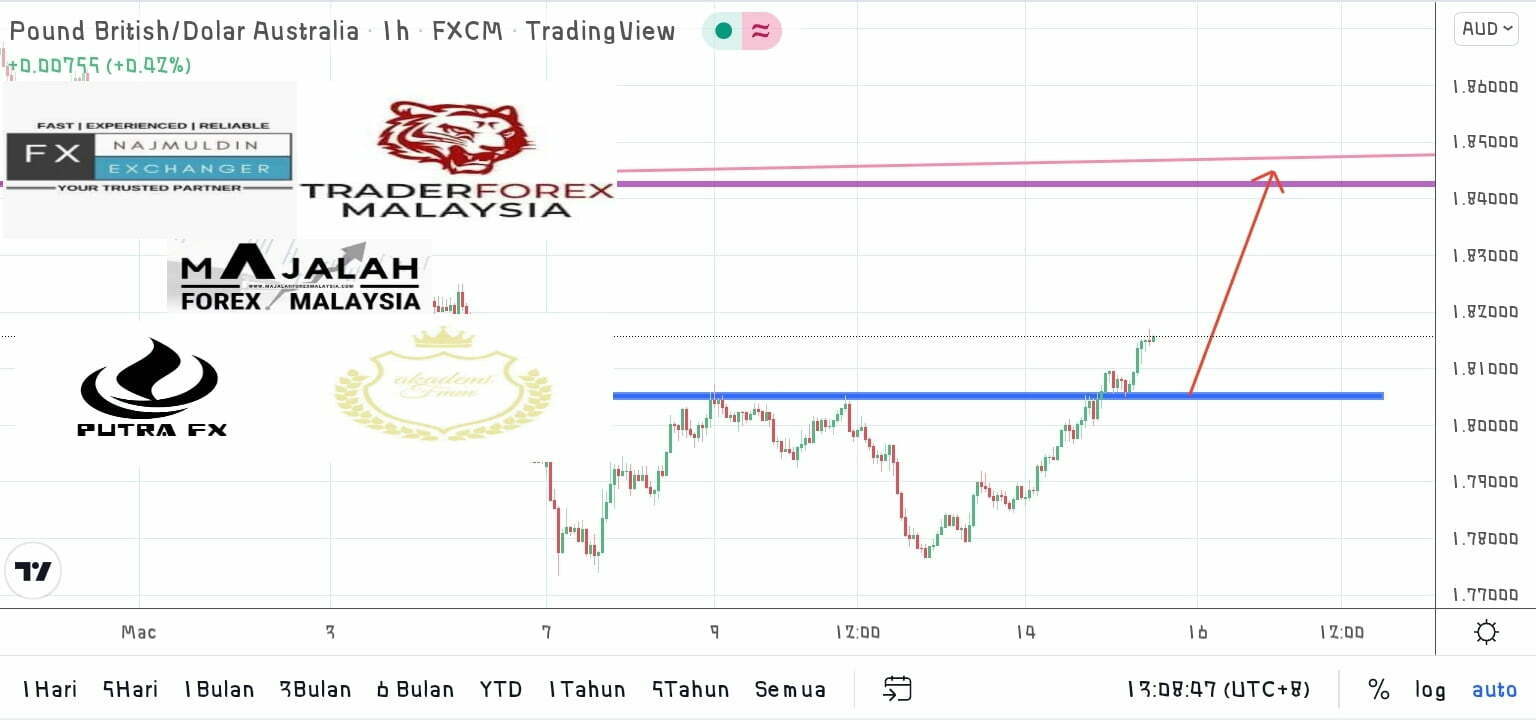Key Trends and Characteristics
The Malaysian forex market stands as a dynamic and evolving entity, influenced by a myriad of factors ranging from economic indicators to global events. Here, we delve into the key trends and characteristics that define the Malaysian forex landscape, shedding light on regulations, legislation, and the impact of global events on currency exchange rates.
- Market Size and Participation
●The Malaysian forex market is significant in size, with a diverse range of participants including retail traders, institutional investors, banks, and corporations.
●According to recent data, the daily trading volume in the Malaysian forex market averages around $50 to $60 billion USD, showcasing its liquidity and attractiveness. - Currency Pairs and Trading Hours
●The most traded currency pairs in the Malaysian forex market include USD/MYR, EUR/MYR, GBP/MYR, and JPY/MYR, reflecting the country’s economic ties with major global currencies.
●Trading hours in Malaysia align with major global forex trading sessions, providing ample opportunities for traders to engage in round-the-clock trading activities. - Regulatory Framework and Legislation
●The forex market in Malaysia operates under the regulatory oversight of the Securities Commission Malaysia (SCM) and the Bank Negara Malaysia (BNM), ensuring transparency, integrity, and investor protection.
●The Foreign Exchange Administration (FEA) rules and regulations govern forex transactions, foreign investments, and capital flows, contributing to a stable and well-regulated market environment. - Technological Advancements and Trading Platforms
●Technological advancements have revolutionized forex trading in Malaysia, with the adoption of online trading platforms offering real-time market data, charting tools, and execution capabilities.
●Leading forex brokers like forex MTrading cater to Malaysian traders, providing access to a wide range of currency pairs, competitive spreads, and educational resources.
Impact of Global Events on Currency Exchange Rates
The Malaysian forex market is not immune to the influence of global events, which can significantly impact currency exchange rates. Here are some key examples:
1.Economic Data Releases: Releases of economic indicators such as GDP growth, employment figures, and inflation rates can cause volatility in currency markets, leading to fluctuations in exchange rates.
2.Geopolitical Events: Geopolitical tensions, trade disputes, and geopolitical developments can create uncertainty and risk aversion among investors, affecting currency valuations.
3.Central Bank Policies: Monetary policy decisions and interest rate changes by central banks, including the Bank Negara Malaysia, have a direct impact on currency values and forex market sentiment.
4.Global Market Sentiment: Market sentiment, influenced by factors like risk appetite, investor confidence, and global economic outlook, plays a crucial role in determining currency movements.
Forex Trading Strategies and Risk Management
In addition to understanding the key trends and characteristics of the Malaysian forex market, traders must also adopt effective trading strategies and risk management practices to navigate the dynamic nature of currency trading. Here are some valuable insights and strategies:
1.Technical Analysis: Utilize technical analysis tools such as chart patterns, indicators (e.g., Moving Averages, RSI, MACD), and Fibonacci retracements to identify potential entry and exit points based on historical price data.
2.Fundamental Analysis: Stay informed about economic events, news releases, and geopolitical developments that can impact currency movements. Fundamental analysis helps traders gauge the underlying strength or weakness of currencies.
3.Risk Management: Implement risk management techniques such as setting stop-loss and take-profit levels, using proper position sizing, and diversifying trades across different currency pairs to minimize potential losses and protect capital.
4.Trend Following Strategies: Follow trends by identifying strong trends using tools like trendlines, moving averages, and trend indicators. Trend-following strategies aim to capitalize on directional price movements.
5.Range Trading: In volatile or sideways markets, employ range trading strategies by buying near support levels and selling near resistance levels. Range traders aim to profit from price oscillations within a defined range.
6.Scalping and Day Trading: For traders with a high-risk tolerance and shorter time horizons, scalping and day trading strategies involve entering and exiting trades within a single trading session to capitalize on intraday price movements.
7.Risk Control Measures: Emphasize risk control measures such as avoiding over-leveraging, maintaining trading discipline, and continuously evaluating and adjusting trading strategies based on market conditions.
By combining technical and fundamental analysis, employing risk management practices, and choosing suitable trading strategies based on individual risk profiles and market conditions, traders can enhance their chances of success in the Malaysian forex market. It’s essential to stay updated with market trends, continuously educate oneself, and adapt to evolving market dynamics to thrive in forex trading.
Conclusion
In conclusion, the Malaysian forex market exhibits key trends and characteristics that make it an integral part of the global forex ecosystem. With a robust regulatory framework, technological advancements, and the impact of global events, the market offers opportunities for traders to participate in dynamic and potentially lucrative trading activities.
















